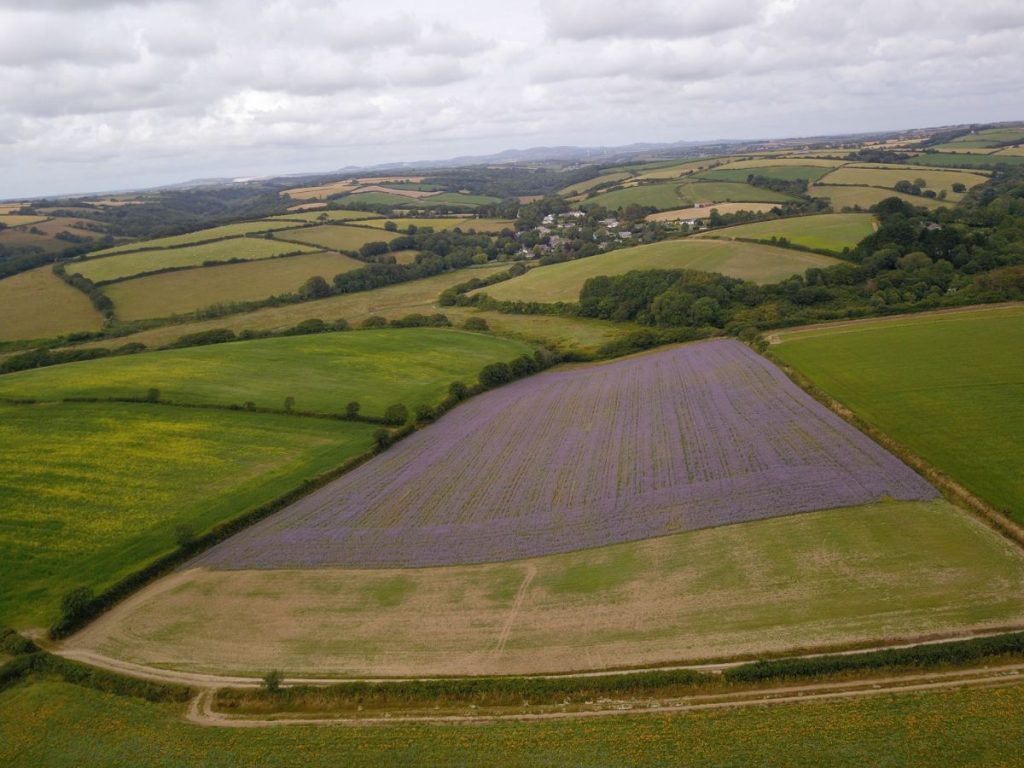To Pioneer (verb): to develop or be the first to use or apply (a new method, area of knowledge or activity). In farming, pioneers are created daily. Ever the innovator, the farmer must rectify problems, overcome challenges and get creative with profit-protecting solutions to immediate disputes. A quick Google search will provide ample evidence of farmers trying new things, new adaptations to machinery, new technology or just new perspectives that give rise to new ethos’s. All well and good. But how do farms create a following? How do farms foster a community that can coalesce in times of need and provide that essential anchor between producer and consumer?
Post agricultural revolution in the UK, farms have become more isolated from their communities and more disconnected from the people who share the land. Larger machinery and larger fields, mono-cropping and pesticide spraying hardly endears you to the local community, neither does growing field upon field of only one or two commodities. Interestingly, small-scale farms who grow a rich, diverse tapestry of produce have come to understand the relationship between community and farm better than most. Co-operative farming has given rise to infinite veg-box schemes where local produce is pooled together and disseminated to members of the local community (usually by one of the farmers themselves). This style of community-growing, tribe-building if you will, harks back to pre-revolution times where people shared the land, worked together and pooled resources. The benefit of this type of community-led farming extends beyond the nutritive value of the food consumed; it provides a genuine link to your food source, it provides a regular friendly face in a society plagued by problems of loneliness and isolation, and perhaps most significantly, it allows a conversation to take place between producer and consumer, strengthening social ties and fostering communal cohesion (e.g., you are unlikely to grumble at the tractor disrupting traffic if you know it to be working towards your own sustenance).
Whilst the above type of farming continues to grow and flourish, particularly against a backdrop of biodiversity decline, soil infertility, climate change and declining profitability, other, larger and more industrialised farms are now following suit. The challenge for farms now is how to diversify enough to warrant interest and engagement (the farm with 100 acres of wheat will likely lose out to the 10-acre plot with a variety of legumes, vegetables and brassicas in the community-creating contest). One-way farms can achieve this is to think about turning produce into products. A simple process can be implemented to increase both the interest around the product as well as its inherent value (I.e., turning apples into cider, onions and tomatoes into chutney, oil-seeds into essential oils etc.).
At Trelonk, we are already part way down this path. In our first year, we have planted 5 different oil-seed crops and have successfully gained grant-funding to enable the purchase of a seed-press. We have also submitted a rigorous Countryside Stewardship application that will lock us into environmental land management that will benefit the local community (through increased protection of vital resources such as water, air and soil) for the following 5 years. This means we now have a farm that provides ample space and sustenance to our native wildlife, ample interest with regards to our cropping diversity, as well as owning the means of production (the seed press) to enable us to turn our primary produce into saleable products. The next step is to spread our message, to tell people we are here and to begin cultivating a like-minded community that shares our values of environmental, economic and social cohesion. All Images © Trelonk Ltd















